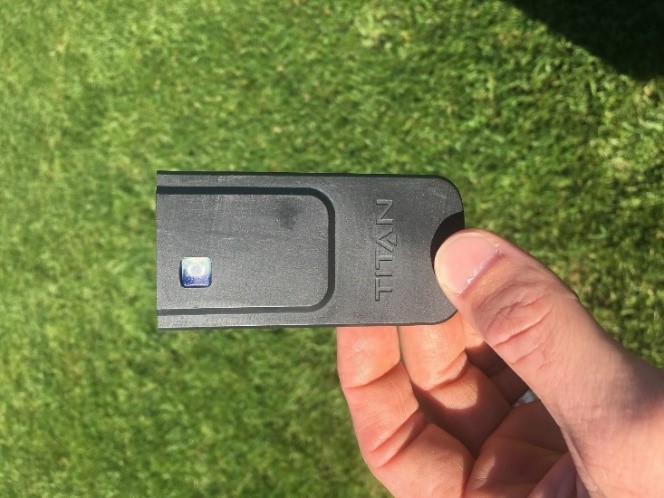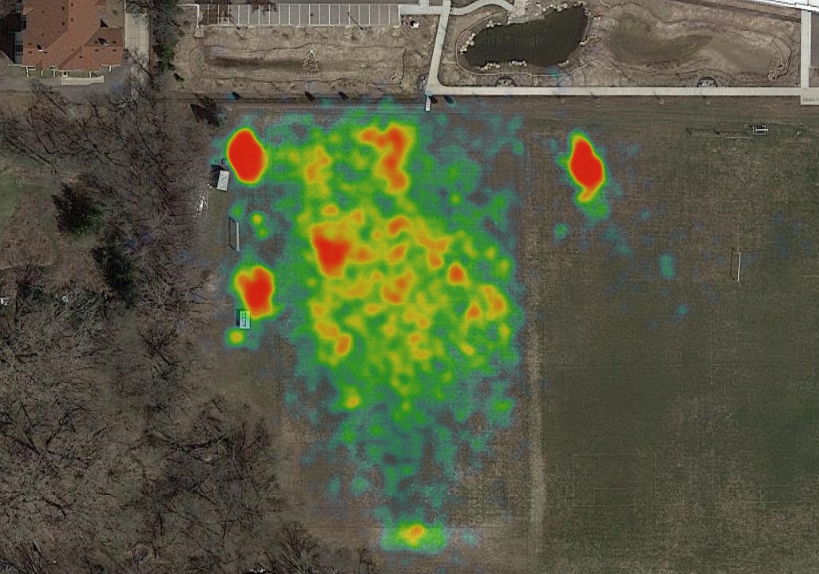There are several ways the information from GPS athlete performance tracking devices could be valuable for sports field management. Objective field usage information can provide justification to apply programs that mitigate concentrated areas of wear, like site-specific management or mandatory requirement of field and practice drill rotations. If field usage is then combined with field characteristics (e.g. surface hardness, soil moisture, infill depth, etc.) and documented over time, the effectiveness of management strategies could be assessed to guide future management decisions. Furthermore, the devices offer an opportunity for sports field managers to work collaboratively with coaches and trainers to possibly manipulate field conditions based on gathered data. An example could be irrigating heavily or drying down a field to alter soil moisture and surface hardness levels to perhaps accommodate a coach’s desire to achieve certain athlete performance thresholds.
Challenges will likely occur initially with using GPS athlete performance tracking devices for sports field management. The most evident being potential invasion of athlete privacy. However, this may not be that big of an issue since the most beneficial information to a sports field manager would be field usage maps. These can be easily shared by coaches or trainers as computer screenshots, which would not contain athlete data. General athlete performance could be an informal discussion between all parties without a sports field manager actually seeing any athlete information. Unfortunately due to high cost, for the time being these devices are likely only relevant to higher-end sports fields. Even if they are not applicable in your specific situation, they should become more affordable and widespread moving forward. Just like any new technology, try not to turn a blind eye, because they could be a valuable tool one day for your management regimen.
The full version of this article will be published in the May 2019 edition of SportsTurf magazine.
Thank you to the Minnesota Park and Sports Turf Managers Association, UMN RecWell, Francesca Principe (UMN M.S. student in Kinesiology), Diane Wiese-Bjornstal (UMN Professor and Associate Director in Kinesiology), The Toro Company, and all involved UMN undergraduate and graduate students for their contributions to this project.

